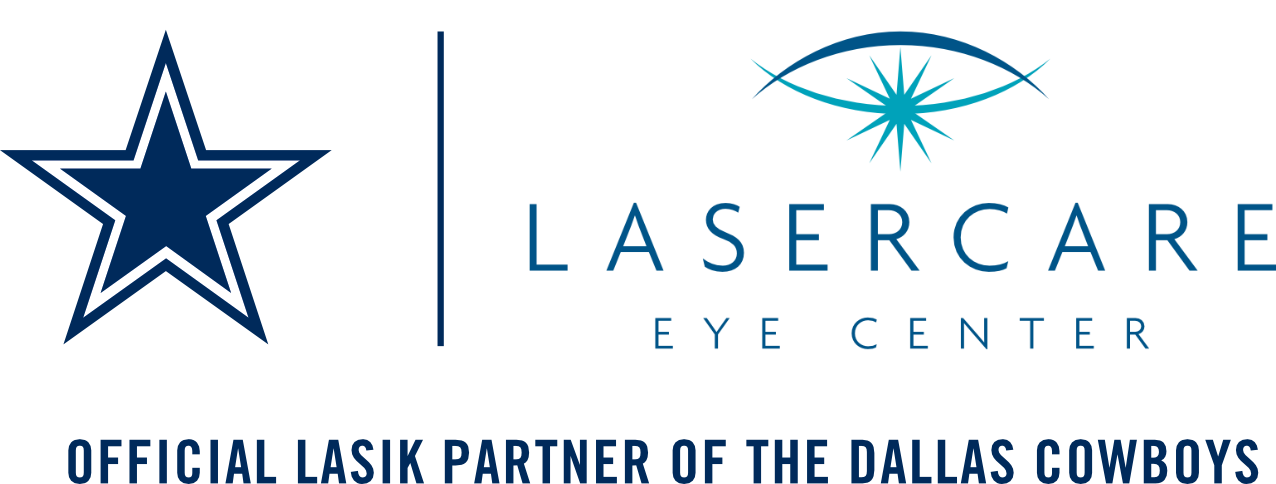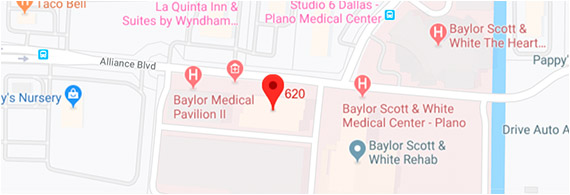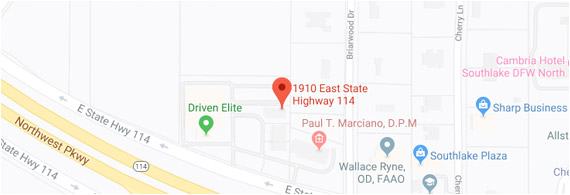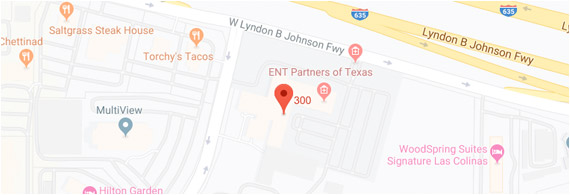Vision Correction for People age 50 and above
Patients in their 20′s and 30′s desiring Vision Correction really only have one choice: LASIK. And it is a great option. In the 40′s, Presbyopia (age-related degradation of near vision) starts to set in. By age 50, the earliest Cataract changes are developing and the effects of Presbyopia are more severe. But Vision Correction is still possible. In my clinical practice, Vision Correction is our main focus and this is a topic I address with patients daily. The options are discussed below:
LASIK: The latest LASIK procedure is a 15 minute, all-laser (blade free) procedure capable of correcting Nearsightedness, Astigmatism, and Farsightedness. However, it does not correct Presbyopia directly and does not prevent Cataract. A patient aged 50 or above having LASIK should understand they will still require Cataract surgery in the future. LASIK in patients over 50 can be done in 2 ways:
- Full Correction: If both eyes are corrected fully, a patient over 50 will experience good distance vision without glasses, but near vision will remain blurred due to Presbyopia. Usually, reading glasses are required.
- Monovision Correction: In this variant of LASIK, one eye is corrected for near and the other eye is corrected for distance. After an adaptation period, the brain is able to put the two images together seamless.
Cataract Surgery with a Multifocal lens: If a patient age 50 or above has a Cataract, the Cataract can be surgically removed and a Multifocal lens implanted in the eye. Multifocal lens implants allow vision at near, intermediate and far distance. However, none of these lenses is perfect. Insurance does not usually fully cover this type of surgery. The two most common types are:
- ReSTOR Multifocal lens: This lens uses Diffractive technology (it has a series of concentric rings that separate light rays into different wavelengths allowing vision at different distances). Its limitations include glare, starbursts, and haloes at night in some patients. Thus it is not an ideal solution if you routinely drive or fly at night.
- Crystalens: This lens is a Pseudo-accommodative lens (it mimics the natural lens by flexing to allow vision at different distances). Its limitation is the near vision is not as good in as the ReSTOR. In some cases, near vision may be nonexistent without reading glasses.
Cataract Surgery with a TORIC monofocal lens: If a patient age 50 or above has a Cataract and significant astigmatism, the Cataract can be surgically removed and a TORIC lens implanted. TORIC lenses correct astigmatism. They are monofocal and thus can only correct vision at one distance. Most patients prefer to have both eyes corrected for far distance and use reading glasses for near work. Other patients may opt for a Monovision correction where one eye is aimed at the distance and the other at near. In my experience, insurance does not usually fully cover this type of surgery.
BIOPTICS: This two or three-step procedure combines LASIK and Cataract surgery. It is a new approach for patients with a Cataract and significant astigmatism or in whom a Multifocal or TORIC lens is not ideal or affordable. Typically, Cataract surgery is performed with implantation of a Standard Monofocal lens (covered by insurance in most instances) and is followed by LASIK to correct residual astigmatism, nearsightedness or farsightedness. The advantages of this approach are increased precision and lower cost than a Multifocal or TORIC lens implant. However, Bioptics is not an FDA approved procedure and is considered an “off-label” procedure.
Clear Lensectomy: For patients aged 50 or above who do not have a significant Cataract, but desire a lens-based Vision correction procedure, a Clear Lensectomy is an option. This is the removal of the natural lens of the eye (without a significant Cataract) and placement of either a Multifocal or TORIC lens implant. In my experience, Lensectomy is never covered by insurance and the entire cost of the procedure has been borne by the patient. In most instances, it is 3-6 times more expensive than LASIK because an Operating room is used instead of an in-office LASIK suite.
Which Vision Correction Surgery is the best? It depends on the patient, their eye and overall health, their visual needs and their risk tolerance. No lens or surgery is perfect for every patient. Every surgery has risk. Patients with extreme prescriptions or other eye diseases should realize their vision will be limited following surgery. The decision to choose the best Vision Correction surgery is best made after consulting with your Eye Surgeon.
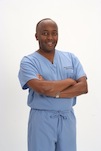 Sidney Gicheru, M.D. is a Board Certified Ophthalmologist, who specializes in LASIK and Refractive Cataract surgery (ReSTOR, Crystalens, and Toric lens implants). His practice, LaserCare Eye Center has two locations in Irving and Southlake. For more information call 214-328-0444 for a free LASIK consultation or go to our website, www.DFWeyes.com. This article Vision Correction for People age 50 and above was written by Sidney Gicheru, M.D.
Sidney Gicheru, M.D. is a Board Certified Ophthalmologist, who specializes in LASIK and Refractive Cataract surgery (ReSTOR, Crystalens, and Toric lens implants). His practice, LaserCare Eye Center has two locations in Irving and Southlake. For more information call 214-328-0444 for a free LASIK consultation or go to our website, www.DFWeyes.com. This article Vision Correction for People age 50 and above was written by Sidney Gicheru, M.D.
